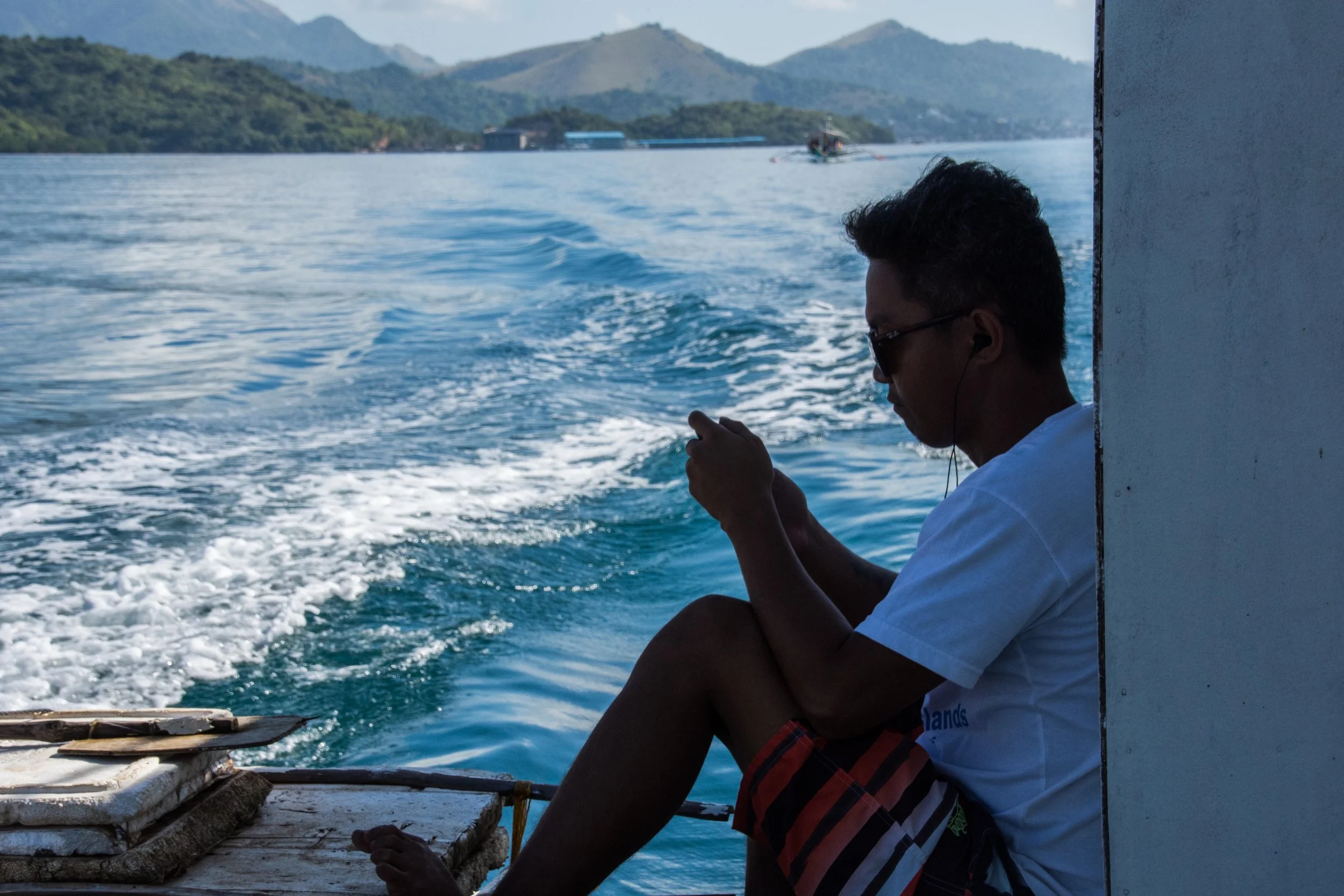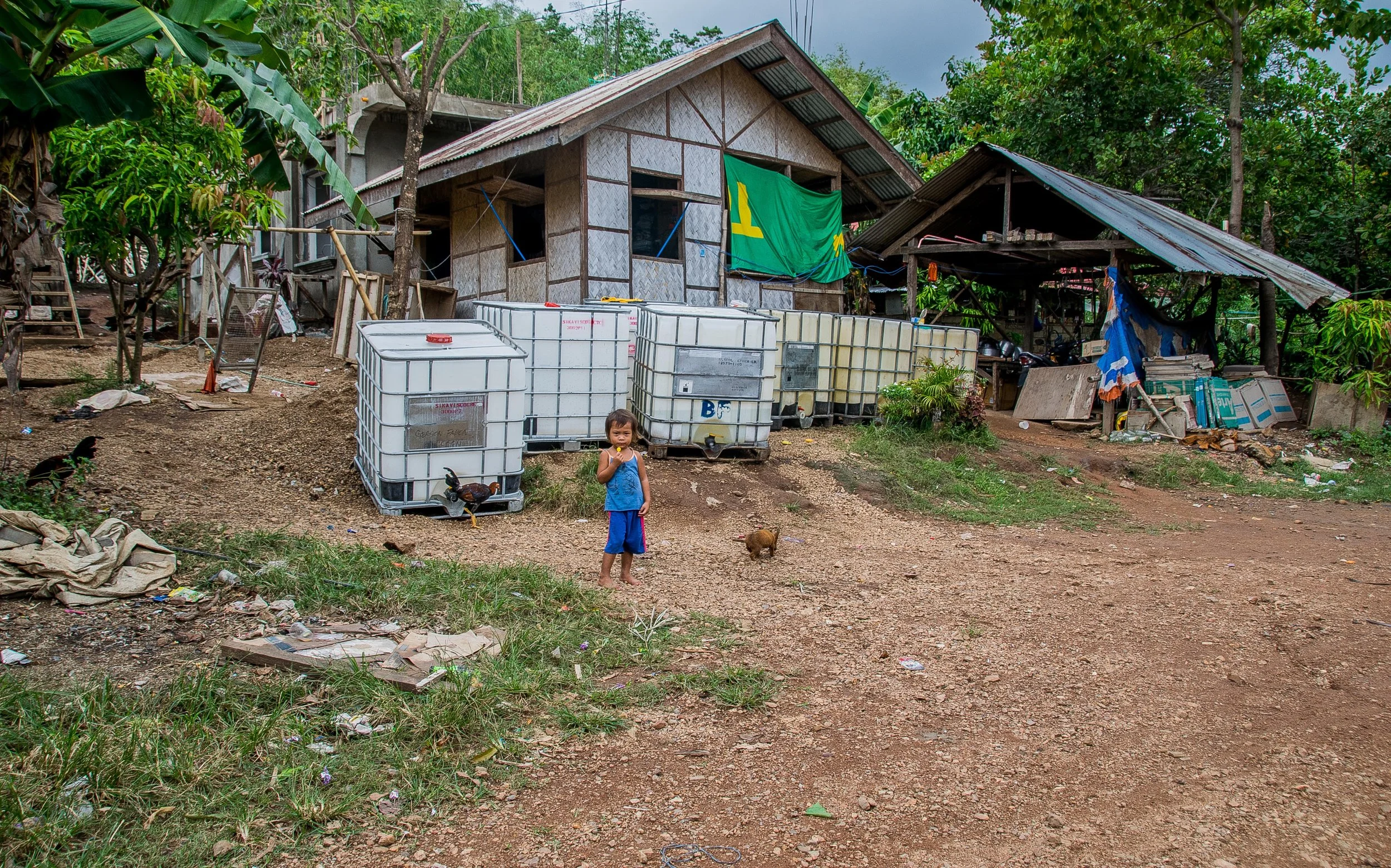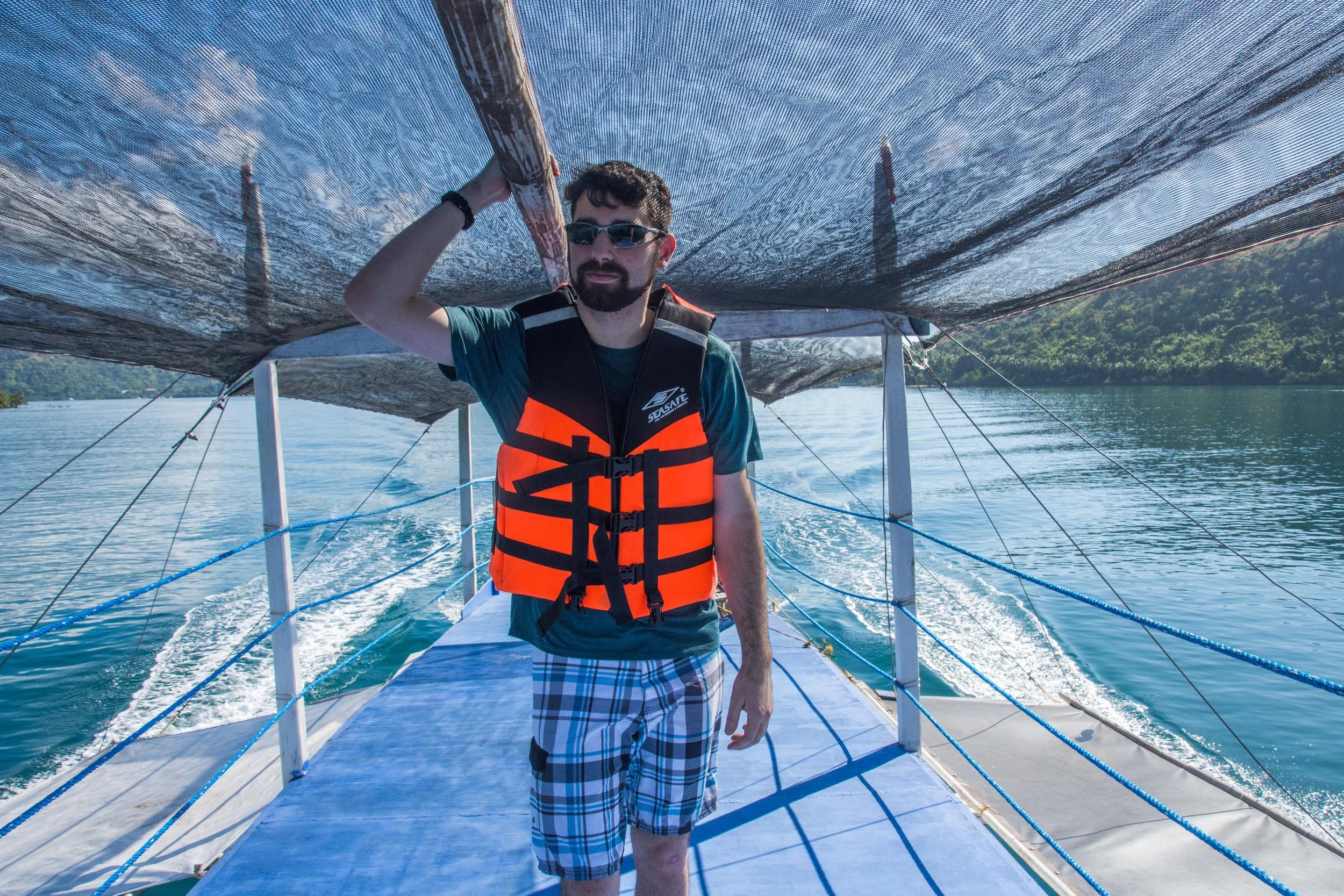The Philippines - Part 1: Paradise, Shipwrecks, and a Typhoon
Boats beached on the island of Coron.
Late in 2018, my life long friend Jeremy casually mentioned to me that he was going to visit some family in the Philippines in 2019 and asked if I wanted to tag along. I had never left the continent at that time and I wasn't sure what my situation was going to be financially or if i’d even have the vacation time (or the guts) to go. Well, after my last minute trip to Kenya with Ed in the summer, the travel bug bit me hard and on December 19th I was on a 17-hour direct flight to Manila. Jeremy, his brother, and I decided to split the trip into two parts. Part one was sitting on as many beaches as we could on the island of Coron. Part two was visiting his family north of Manila and then spending five days exploring Manila around New Year. While Kenya was a vacation to remember, I felt like this was more of an actual vacation for me to kick back and just soak up some sun and alcohol. I brought along some of my camera gear: my Nikon D7200 and D5300, a Sigma 17-50 mm, my trusty Sigma 18-250 mm, and I rented a Nikkor 24-70 mm from LensProToGo.com for street photography. I ended up using the 18-250 mm the most, as it's a compact, versatile lens. The 24-70 mm lens drew too much attention in some of the small towns on the islands, but I did use it in the city. While I didn't take a ton of pictures, what I experienced across each part of the trip had a pretty significant impact on how I see the world. It also highlighted the importance of traveling and seeing other cultures.
Part One:
"YEAH BEACH!"
-Jesse Pinkman, Breaking Bad
Palm Trees
I arrived a day ahead of Jeremy on Friday the 20th and spent the day lounging and drinking (a major theme of this vacation) poolside at the Sofitel hotel in Manila.The buffet at the hotel is fantastic, boasting 12 different stations: everything from carving stations and Asian cuisine, to French cuisine, to soup, to a room dedicated to just cheese (eating also a huge part of this trip). Jeremy and his brother arrived the next afternoon and we drove north to Pampanga to drop off extra luggage at his grandparent’s house and on Sunday we caught a flight to Coron, an island southwest of Manila.
Local cuisine in Sofitel Hotel.
The flight to Coron was only an hour and 10 minutes and flying over the islands at a low altitude gave us an awesome view of the water and mountains that make up the main and surrounding islands (think Jurassic Park). We were spending a week on the island and had planned on spending it sitting on beaches, exploring the island, and doing some snorkeling. On Monday we took a nine hour tour of two sunken WWII Japanese battleships and some coral reefs. The first ship was in about 30 feet of water with just the bow of the ship visible 15 feet below the surface; the rest faded deeper into the darkness. It was a little eerie to be on the wreck and not be able to see the entirety of the ship. After swimming over the wreck for a bit we swam closer to shore to explore some of the coral reef nearby. The reef felt empty somehow compared to what the brochures had advertised and I just couldn’t quite put my finger on it. The next wreck was only in about 20 feet of water with the hull of the ship only two feet from the surface. This wreck offered far better coral and a greater number of fish, yet still not what I expected. Each stop was at least a half hour away from the next and in that time we took in the beauty of the water and the islands.
Sunken ship off the coast of Coron.
The crew of the ship busied themselves by playing games on their phones, smoking (a national pastime it seems), and cooking lunch on a charcoal grill built into the ship. It was a little unsettling to see hot coals on a wooden ship soaked in diesel fuel. We stopped for lunch on a small island. Lunch was mostly rice, chicken, and fresh fish all prepared on a moving ship. Our final stop of the tour was at the Coral Gardens. The current at the gardens was so strong the boat dropped us off and then moved a quarter mile up the coastline to collect us when we were done exploring. That night we took a tour out to see fireflies and the bioluminescent water. The fireflies weren’t terribly exciting as we have them here in New Jersey. The water was interesting as the water only glows when disturbed.
The crew of the boat taking time between stops.
The next day the coast guard would not let any ships out of the harbor due to an incoming storm, so we opted for a day trip to some hot spots across the island. The only word I can use to describe the tour is chaos. The tour was scheduled to leave at 10 am and after waiting in the hot van with four other tourists we picked up five more nearly an hour later and the guides finally got us going. We drove for two hours subject to the same 10 songs. Jeremy thankfully offered to let people play their own music via bluetooth speaker, which saved the day. We went to a beach along the northern shore of the island with beautiful white sand, crystal clear water, and loads of towering palm trees. PRO TIP: if you forget towels when going to the beach, you can use waterproof dry bags to sit on the hot sand. The guides seemed to be confused as to who was paying for lunch and there was a great deal of discussion until it was decided they were paying for lunch... as advertised. After lunch we were taken to a trailhead on the side of a main road. The trail led us to a less-than-glamorous waterfall with a man-made pool full of tourists. We all spent only a few minutes looking at the falls and collectively decided it was rather boring, so we trooped back to the van to get back to town. We were invited to dinner and a rooftop party at one of the hostels by the Germans and spent Christmas Eve partying on the rooftop overlooking paradise. Side note: if you want to drink with Germans, be prepared to drink a lot.
Mountains of Coron.
Christmas Day was a wash. The storm quickly morphed into Category 1 Typhoon Phanfone. It rained for nearly 13 hours straight with strong winds as the storm crossed the island from the East. We ate a Christmas dinner buffet at the hotel (almost every meal the entire trip was buffet style). The day after Christmas I woke up and had come down with the flu. We took a tricycle (a covered motorcycle with a sidecar used as a taxi service throughout the country) downtown and spent the morning shopping for souvenirs and sweating out my illness. In the afternoon we took another tricycle out to Cebu beach on the north part of the island. It felt like a mediocre man-made beach on one of the lakes you find in northern New Jersey: rough sand and trash everywhere. The view was spectacular though: huge cliffs rising out of the ocean, covered in green trees and tropical plants.
Our last morning on the island we spent wandering town just watching the tourists and locals interact in the streets and along the docks. I wish we had spent more time on the beaches and in the water. Being hit by a typhoon and being sick with the flu kinda put a damper on things, but I still thoroughly enjoyed being somewhere exotic and warm (and not being at work). If I go back, I would probably spend the money and hire a private boat to take us where we want to go, as opposed to doing group tours.
Pollution and poverty are the hidden truth of paradise.
Refuse at Cebu Beach, Coron.
As an island nation, the Philippines relies heavily on tourists seeking adventure and relaxation along their thousands of islands and even more beaches. The country attracts tourists with picturesque beaches and pristine waters teeming with fish and brightly colored corals. The reality is slightly different: the islands are plagued by pollution and the dreadful effects of the global climate crisis.
Across the island we saw levels of poverty I thought I’d only ever see on TV infomercials. Children were regularly without shoes or clean clothes and spend time peddling in the streets by dancing and singing for small amounts of money to help support their families. Teenagers spend their days working for small wages and free meals on the hundreds of ships in port. Basically, everyone in the family works to support themselves.
The residents of Coron depend heavily upon tourism for their economy.
All of the beaches we were on had some form of trash and plastic washing ashore. It is inescapable. Not to say that the beaches in New Jersey or Florida are any better, just that the resources to constantly clean the beaches aren't there, despite the country's dependency on tourist dollars. Earlier in this blog I wrote that I couldn't figure out why there was a lack of color in the coral and a lack of fish on the reefs while snorkeling. Well it finally hit me on the boat ride back after the tour of the shipwrecks: coral bleaching. I had only ever read about it before this trip and never fully grasped the magnitude of what was happening. Coral bleaching happens for a number of reasons, however in recent years worldwide bleaching events have been blamed on rising ocean temperatures. The bleaching can occur if the water temperature rises even just two degrees. Thousands of species rely on the reefs for food and shelter, including sea turtles and sharks. The loss of this habitat would be devastating to the people of the Philippines, as they would lose a portion of the tourism industry that they rely upon.
It’s not all doom and gloom though. Most, if not all, of the tour companies that frequent the reefs, especially the SCUBA guides, take time to pull trash out of the reefs. They understand that they make more money and get more clients if the reefs are free of trash. The Philippines has made some progressive changes recently to help curb pollution, like banning the sale of plastic bags starting in February of 2019. What's important to remember is that without tourists these places will be left without any protections at all. So get out there and explore. Protect natural places by going to see them! Just remember the golden rule of visiting nature: take only pictures, leave only footprints, kill nothing but time.
Cheers,
Greg
Part II coming soon! Stay tuned.
Traveling between snorkeling sites.








